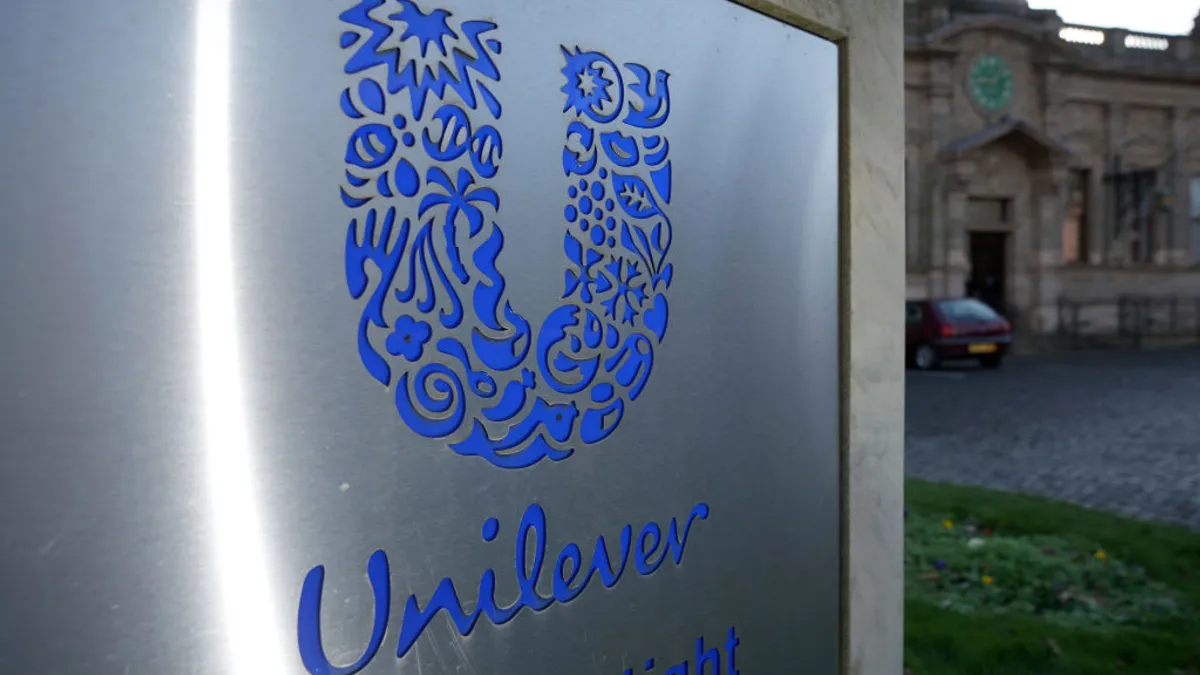Editor's Note: The following is a guest post from Oded Edelman, president and co-founder of JamesAllen.com.
In today's fast-paced world, there's no denying that consumers are hungry for video content. According to research from Google, almost 50% of internet users seek out videos related to a product or service before visiting a store, and some actually prefer viewing a video to the traditional in-store experience.
As president of an e-retail brand, James Allen, I've witnessed the growing trend toward video both on our social channels and website, learning some important lessons along the way. Our customers are consistently telling us that they favor video content, and we're taking note. So what do you, as a marketer, need to know in order to harness the massive potential of video content?
1.) Clearly define your goal
Producing video just for the sake of keeping up with the trend is often a waste of time and resources. Having set benchmarks in mind when mapping out a content strategy, on the other hand, is essential: Are your videos intended to build brand awareness or to drive consumers to your site?
Once a goal is determined, decide which metrics you'll use to measure performance, such as non-bounce traffic, return traffic, email registrations or pure sales. At James Allen, we prioritize conversion — or soft conversions, which are the predictors of a sale — over broad impression reach or completed views, simply because we're a very niche, moment-in-time purchase. So, we're less concerned about the virality of a video and more concerned about the action coming from it.
2.) Think about the path to purchase of your customer
Another area to consider is where customers are going to encounter your brand online: What's their mindset, and on what channels are they consuming content? Once you understand this, you can take a step back and think through the appropriate subject matter, content and, more importantly, where it should be placed within the channel for maximum engagement. Remember, you're chasing the consumer, not the format. Video content transcends the limitations of file format, be it HTML banners or GIFs.
3.) Drive your content by actionable insights
Because we live in a world where sources of data are seemingly endless, brands need to find the best way to make their data useful. The first step here is to ask yourself: What questions do we need to answer to succeed?
For James Allen's "How He Asked" video series, we looked at Google Trends on ancillary topics of what people most want to know when they're looking for a ring — topics such as how to find the right ring size and budgeting. Then, we set out to address those topics in a series of videos presented by the founder of HowHeAsked.com, Stacy Stahl (née Tasman). Our research showed that men actually listen to women more than men when trying to find the right ring — which makes sense given that it's generally a product intended for a woman, after all.
4.) Choose a partner that understands your target space
Smart brands know that a marketing partnership with the right company can be an effective way to boost brand awareness and break into new markets. One of the most important aspects for a successful partnership is to choose a partner that will excite and engage your target audience.
In the case of our BuzzFeed commercial, we partnered directly with BuzzFeed — a company whose audience often overlaps with ours in demographics and behavioral trends — to create and distribute a highly viewed, highly shared, high traffic-driving piece of content. Because the BuzzFeed audience was aligned with our target market, we saw success with increased site visits and, on average, a longer amount of time spent on our site.
5.) Keep an eye on your ROI
Where's the optimal spot to place your content, and how frequently is someone going to see it? If you distribute it widely, people might only see it once, whereas if you remarket to your captive in-market audience, you know they're going to see it multiple times.
And if you plan to share your content on Facebook, take into account that the sound might be turned off by default, so your message should come across either with subtitles or without a narrative. It's important to determine whether your content has the ability to be skipped, if it can easily be shared and if the person is watching in incognito mode.
6.) Focus on total brand recall
Create content that is uniquely yours. It's not very useful if people ask, "Oh, did you see that commercial with the cat?" but don't remember what it was for. I want them to say, "Have you heard of that company, James Allen? Its commercials always have the spinning ring."
Because people have such short attention spans — and they're getting shorter by the day — brand recall is incredibly important. Remember that being entertaining is not the same as being memorable; a big budget and celebrity endorsement don't guarantee a winning concept. You need to think as a viewer, not a creator or producer, until you land on the right concept.
7.) Create a call to action
Calls to action (CTA) are critical when producing video content. In our BuzzFeed commercial, it shows couples anxious about buying a ring; he's trying to navigate it alone, and she's picking out her dream ring in the hope that he'll somehow read her mind. The whole commercial is four minutes of couples building rings on our site. An hour after it was posted, we saw 4x higher traffic levels than normal on our site because people wanted to do the very thing that was happening on screen — that is, to design their own ring. In this way, the video effectively was the CTA.
To remain top-of-mind in the constantly changing digital landscape, both brick-and-mortar and e-commerce companies of all sizes need to understand the paramount importance of video marketing. This channel provides flexible and relevant content that today's consumers need, all while adapting to the busy, on-the-go lifestyle they want. By thinking about video content from the perspective of your consumer, brands can ensure they have access to the important information that matters to them and to their business's success.




















